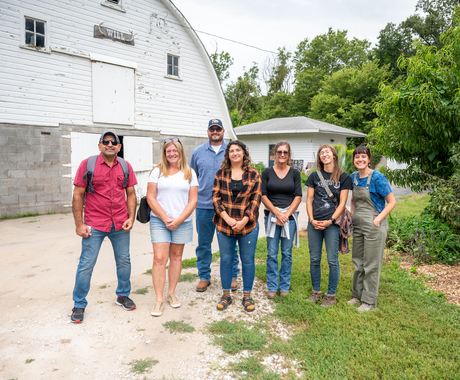Rhea Landholm, brand marketing and communications manager, [email protected], 402.687.2100 ext 1025
LYONS, NEBRASKA - Farmers and ranchers have until Feb. 3 to submit initial applications for the Conservation Stewardship Program to the Natural Resource Conservation Service (NRCS).
The Conservation Stewardship Program is a national, voluntary stewardship incentives program administered by NRCS that is designed to reward farmers, ranchers and foresters for maintaining existing conservation, as well as for the adoption of additional conservation measures on their land. The program pays producers for continuing and expanding conservation efforts that support natural resource priorities such as clean water, better soil management, improved habitat, energy efficiency and others.
“In a time when there is more and more attention paid to the need to build healthy soil, improve water quality, and otherwise support natural resource conservation, the Conservation Stewardship Program offers farmers a great opportunity to ramp up conservation on their farm,” said Anna Johnson, Center for Rural Affairs policy manager.
Johnson said sample resource-conservation practices include planting cover crops, rotational grazing or ecologically-based pest management.
“The Conservation Stewardship Program also doesn’t forget smaller producers,” Johnson said. “For folks who qualify for the program, the minimum contract payment is $1,500, no matter the acreage. This is a major farmer and rancher funding opportunity.”
For Paul Ackley, in Taylor County, Iowa, enrolling in the program allowed him to implement conservation practices.
“On land he rented and owned, he noticed the soil was looking tired after several years of cropping - his beans even turned white in certain places where the soil was particularly depleted,” Johnson said. “With payments from CSP, Paul was able to add soft red winter wheat to his corn-soy rotation, and the soil started looking healthier. He also used payments to begin rotational grazing on part of his grazing land. Now his pastures are more diverse and he has more warm season grasses.”
Information on local NRCS offices can be found at nrcs.usda.gov.




